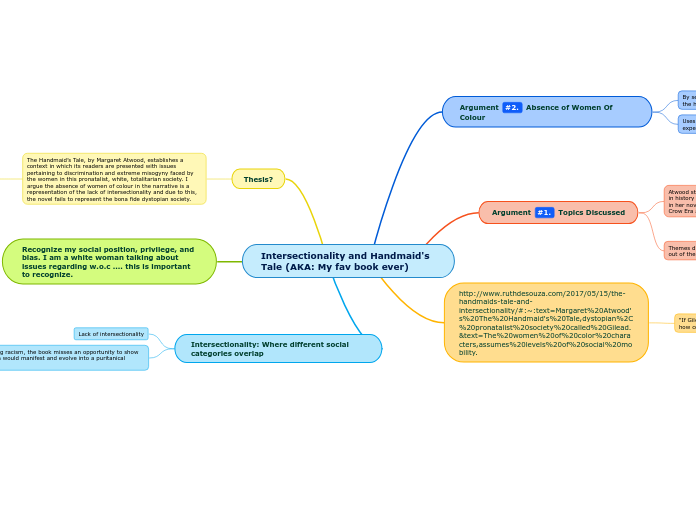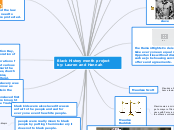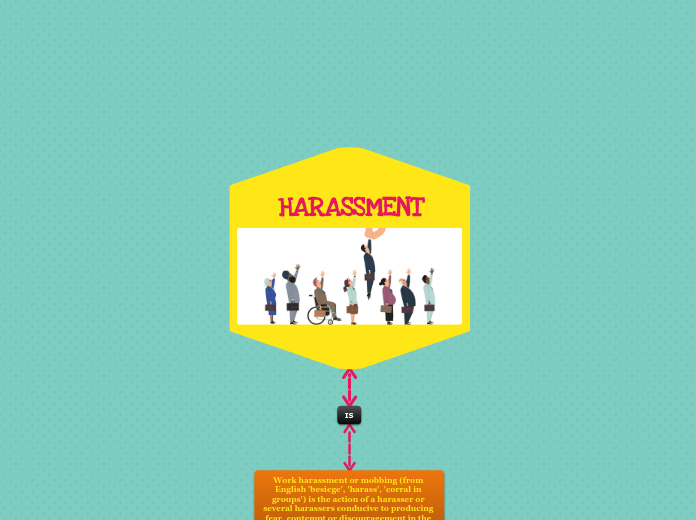por Anya Tisma 4 anos atrás
740
Intersectionality and Handmaid's Tale (AKA: My fav book ever)
The narrative of Margaret Atwood's "The Handmaid's Tale" is set in a dystopian, white, totalitarian society where extreme misogyny and discrimination are prevalent. The novel employs the experiences of white women to represent all women, which raises significant concerns about the absence of intersectionality.









